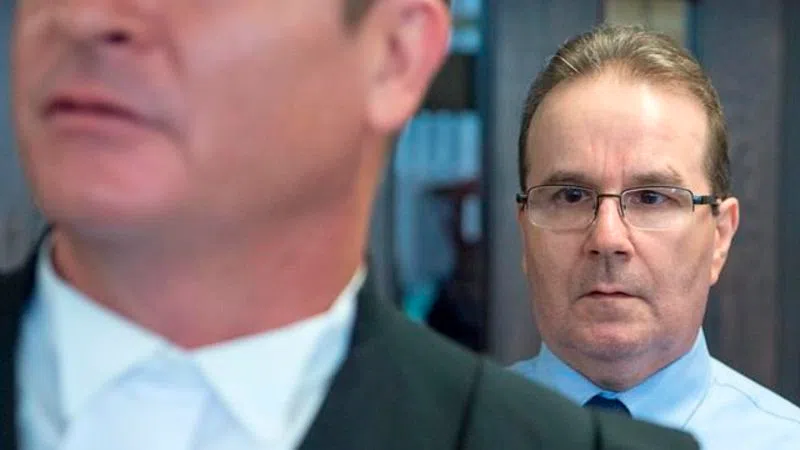
Assoun murder case: RCMP suppressed, erased evidence of other suspects
HALIFAX — The RCMP chose not to disclose an investigator’s theories about other suspects to a wrongfully convicted Halifax man fighting to prove he was innocent of murder, federal documents revealed on Friday.
Not only that, but the Mounties digitally erased or destroyed most of this potential evidence — including the possibility a serial killer, Michael McGray, was a suspect, says the report.
The August 2014 federal report, released Friday by Nova Scotia Supreme Court, was a key to the release on bail of 63-year-old Glen Assoun almost five years ago.
By then, Assoun had spent almost 17 years in prison for his 1999 conviction in the killing of Brenda Way — whose throat was sliced on Nov. 12, 1995, in a Halifax back alley.
